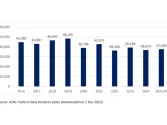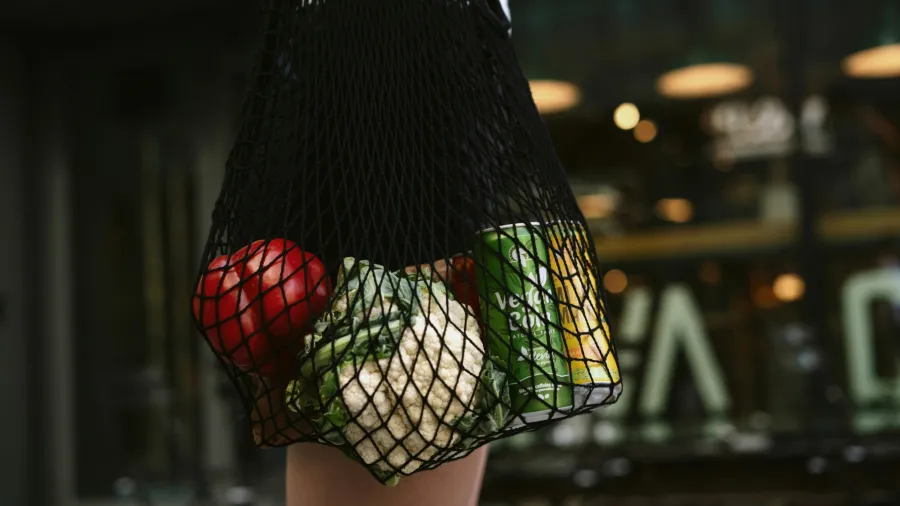
What’s driving growth in Asia’s FMCG sector in 2024?
Beverages led the growth with a 9.2% increase in value sales.
Asia's fast-moving consumer goods (FMCG) market grew by 3.5% in early 2024, outpacing last year's performance, according to Kantar’s Worldpanel Asia Pulse Q1 2024 report.
Beverages led the growth with a 9.2% increase in value sales, balancing slower gains in dairy and home care sectors.
China's FMCG market experienced a modest recovery in Q1 2024, with a 2.6% year-on-year increase in sales. The eastern region performed particularly well, posting a 7% growth compared to the same period last year, reflecting strong consumer purchasing power and economic vitality.
Consumer demand in Taiwan remains steady despite a decrease in purchase frequency. Increased spending per shopping trip indicates stable household expenditure, with higher investments in advanced laundry products and recovering personal care categories, particularly face care.
Meanwhile, India saw growth in household shopping across major channels in Q1, with chemist shops and online platforms leading the way. Consumers spent more per trip, although basket sizes by volume did not improve, suggesting ongoing cautious spending habits.
South Korea's demographic shift towards single-person households, now at 34.5% of the population, has driven demand for smaller packaging and products. Additionally, the rise of economically empowered active seniors is shaping consumer trends as the country approaches a super-aged society.
In UAE, shopping frequency surged in Q1 2024 due to Ramadan, although spending per trip remained stable. Consumers increased the number of their purchases without raising overall expenditure.
Growth in modern trade in Indonesia remains constrained, whilst general trade is driven by price rather than volume. Specialty stores and e-commerce are becoming popular for baby products, beauty, and personal care, offering opportunities to attract new shoppers.
An easing in food and beverage prices has also led to increased in-home expenditure in Malaysia. Whilst packaged groceries, beverages, and toiletries show growth, the dairy sector continues to struggle. Consumers are cautious, making fewer trips and prioritising essential categories.
In Thailand, demand for in-home cooking and home care products is slowing as consumers spend more time outside. Personal care needs are recovering, but limited household budgets are prompting a shift to more affordable options. Packaged food consumption focuses on convenient snacks and meals.
During the festive season, Filipino consumers increased spending per trip while maintaining the same number of trips. Spending was prioritised on food, beverages, and dairy, evident in the rise in sales of soft drinks, bottled water, family milk, and cooking oil.
Moreover, Vietnamese consumers are optimistic about the country's economic prospects, yet FMCG growth in major urban areas remains stagnant despite positive economic indicators.


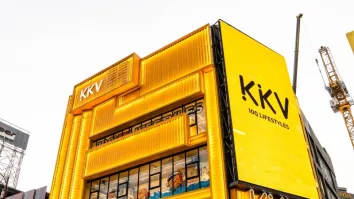





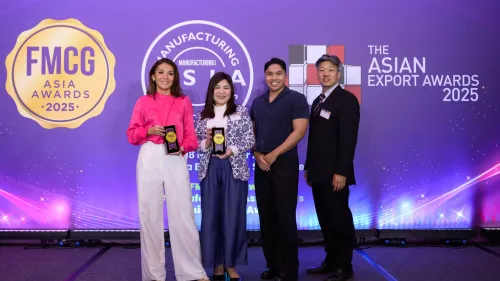
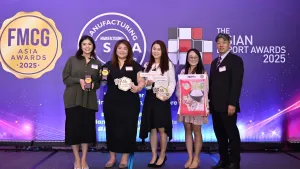
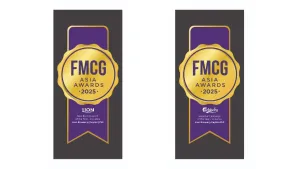





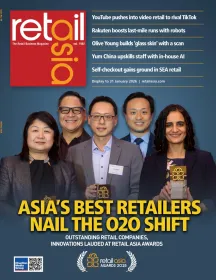
 Advertise
Advertise
